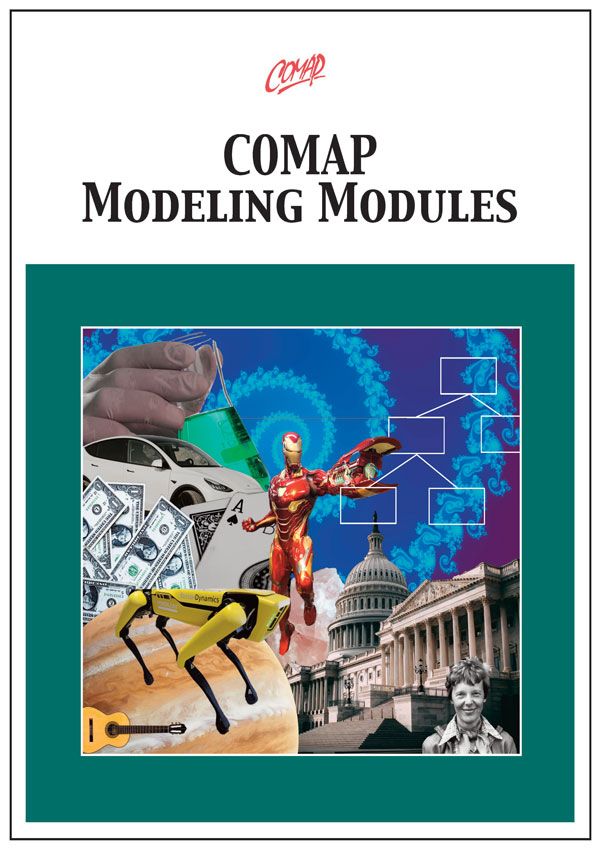HiMCM Problem: Storing the Sun (Modeling Module)
Author: Marsha Davis
The context for this modeling module is determining the best configuration for an energy storage system to support an off‑the‑grid house powered by solar panels. The problem posed in this modeling module is adapted from the 2021 High School Mathematical Contest in Modeling (HiMCM), Problem A: Storing the Sun.
The Preliminary Reading, Storing the Sun Problem Statement, presents a shortened version of the original problem from the HiMCM contest. This is followed by the Preliminary Activity, Preparation for Modeling, which begins by asking students to restate the modeling problem in their own words. That is followed by a directive for students to do some research on off‑the‑grid houses and on connecting batteries in parallel and in series.
In Activity 1, Getting Started on Storing the Sun, students pose questions that could help them determine the energy needs of an off‑the‑grid house. From there, students create a table of the appliances in the house and determine how much energy each requires. Then they draft a list of assumptions, which they will use to develop their first model.
In Activity 2, Developing the Mathematical Model, Part I, students focus on the problem of developing a model for a battery storage system that will meet the electrical needs of a 1,600 ft2 house through a cloudy day and the nights before and after that day. Students create models to determine the capacity, ECloudy, and the continuous power rate, cprMax, that will be sufficient to keep the electricity running during this stretch of time. Along the way, students must deal with the fact that the length of nighttime varies depending on latitude location and time of the year.
In Activity 3, Developing the Mathematical Model, Part II, students focus on two of the characteristics of batteries for the energy support system: usable capacity and continuous power rating. For each type of battery, students determine the number of batteries connected in parallel that would be needed to meet the capacity, ECloudy. Then they determine the number of batteries connected in series that would be needed to meet the continuous power rate, cprMax. For the final model, students create an energy support system that places “in series groupings of batteries” in parallel. For each battery type, students determine the total number of batteries needed in the energy support system and the cost of the system.
In Activity 4, Generalizing the Model, students generalize their models for application to houses of various sizes, in various locations. Then they apply their model in order to recommend an energy support system for a 2,500 ft2 house, the average size for a single‑family home in the United States. They reflect on the strengths and weaknesses of their models. As a conclusion, they write an executive summary of their work. (Solution document submissions to HiMCM begin with an executive summary, which is generally written last.)
TEACHER/LESSON NOTES
Mathematical Content and Prerequisites
• HiMCM problems, such as the one adapted for this modeling module, are accessible using high‑school‑level mathematics alone and no programming or coding skills are required. However, teams may decide to incorporate their programming or coding skills.
• For the modeling problem in this modeling module, students will need to pay attention to units.
For example, the unit for energy usage in kilowatthours (kWh) should not be confused with the unit for continuous power rate (or power draw) in kilowatts (kW).
To convert from watts to kilowatts, students will need to divide the number of watts by 1000.
• Students will need to apply proportional reasoning.

Mathematics Topics:
Application Areas:
You must have one of our Free Memberships or a paid Full Membership to download this resource.
If you're already a member, login here.